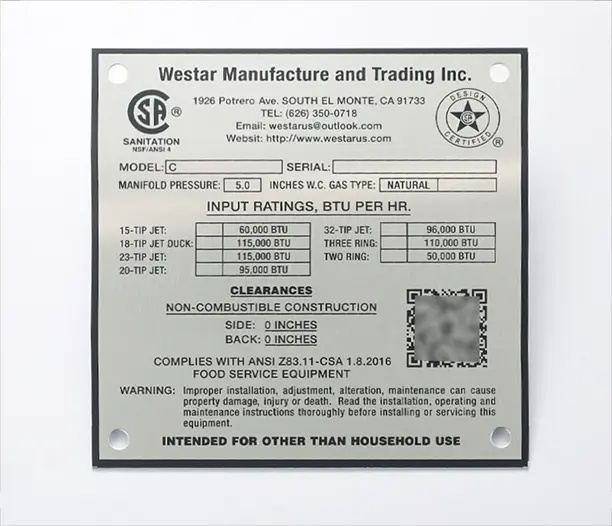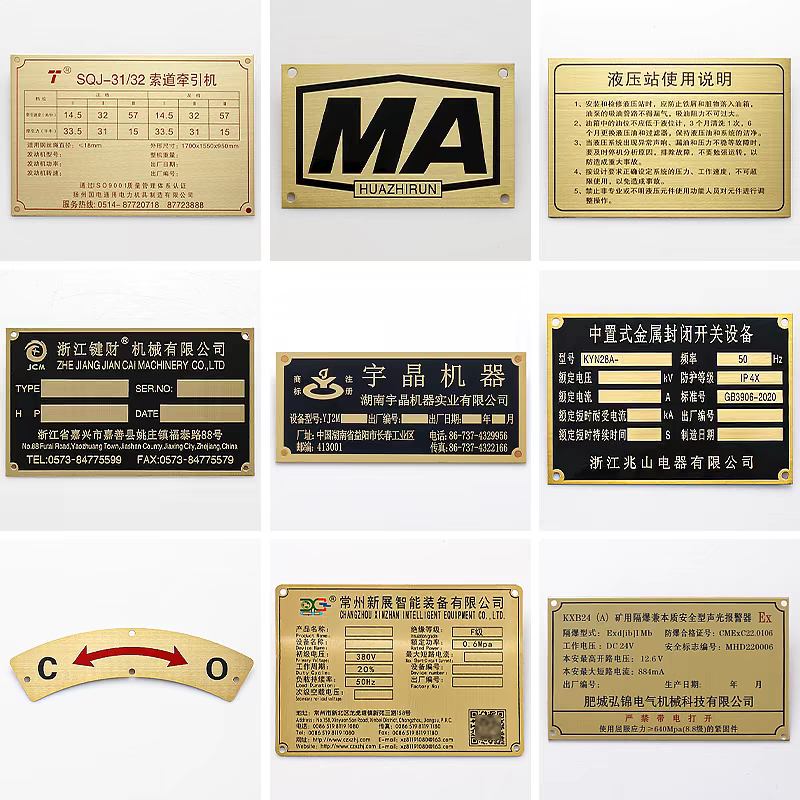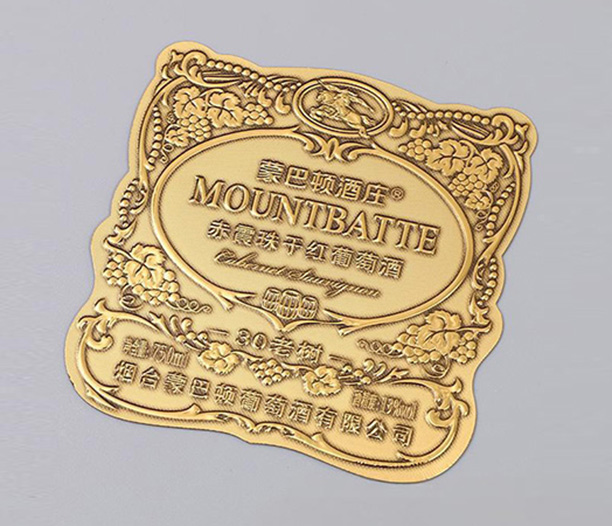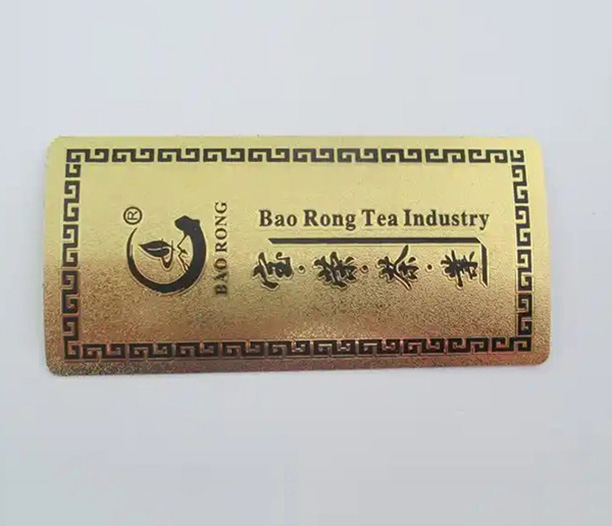The stark black text on a bright yellow background is impossible to miss: "WARNING: This product can expose you to chemicals known to the State of California to cause cancer and/or birth defects or other reproductive harm." You've seen the California Proposition 65 warning label on coffee cups, Disneyland entrances, hardware store shelves, furniture, jewelry, chocolate bars, and countless other products and places. While designed to inform, its sheer prevalence often breeds confusion, criticism, and even consumer fatigue. This comprehensive guide dives deep into everything you need to know about the California Proposition 65 warning label, from its origins and mechanics to its controversies and real-world impact.

What is the California Proposition 65 Warning Label All About?
Enacted by California voters in 1986, the Safe Drinking Water and Toxic Enforcement Act, universally known as California Proposition 65, has two primary goals:
Protect Drinking Water: Prohibit businesses from knowingly discharging listed chemicals into sources of drinking water.
Inform Consumers: Require businesses to provide a "clear and reasonable warning" before knowingly and intentionally exposing anyone to a chemical listed by the state as causing cancer, birth defects, or other reproductive harm above a specific level.
It's this second mandate – the California Proposition 65 warning label – that has become so pervasive. The law is administered by the California Office of Environmental Health Hazard Assessment (OEHHA), which maintains and constantly updates the official list of hazardous chemicals. Since its inception in 1987, this list has grown to encompass over 900 chemicals found in consumer products, workplaces, or the environment.
The Core Mechanism: If a product, location, or activity exposes individuals to any of these listed chemicals above a predetermined "safe harbor level" (a level OEHHA deems to pose "no significant risk"), the business must provide the California Proposition 65 warning label. Crucially, the burden of proof lies entirely with the business to demonstrate their product or operation falls below these safe harbor levels if they wish to avoid using the warning.
Understanding the California Proposition 65 Warning Label: Mandatory Elements and Meaning
The specific format of the California Proposition 65 warning label has evolved. Since August 2018, the mandated "clear and reasonable" warning typically includes a distinctive yellow triangle warning symbol followed by specific text:
[WARNING Symbol - Yellow Triangle with Black Exclamation Point]
WARNING: This product can expose you to chemicals including [name of one or more chemicals], which is [are] known to the State of California to cause cancer and/or birth defects or other reproductive harm. For more information go to www.P65Warnings.ca.gov.
The Warning Symbol: This standardized yellow triangle with a black exclamation point aims to increase immediate visibility and recognition across diverse settings and products.
Chemical Identification: Businesses have the option to name the specific chemical(s) triggering the California Proposition 65 warning label (e.g., lead, cadmium, acrylamide, phthalates, BPA). However, many opt for the generic "chemicals including..." phrasing to cover potential complexities in their supply chain or future chemical listings. Seeing a specific chemical named provides more precise information.
Health Endpoints: The warning must clearly state whether the exposure risk pertains to cancer, reproductive harm (including birth defects), or both.
The Official Website: www.P65Warnings.ca.gov is the authoritative OEHHA resource providing detailed context about the law, the listed chemicals, chemical exposure routes, and the science behind the listings.
What the California Proposition 65 Warning Label Does NOT Mean:
It does NOT mean the product is illegal or banned. The product is legally sold in California; the warning is solely about potential exposure to a listed chemical above the state's designated safe harbor threshold.
It does NOT automatically mean the product poses a significant health risk to you personally. Safe harbor levels are set extremely conservatively, often orders of magnitude below levels known to cause observable harm in humans, based on assumptions of lifetime exposure. A California Proposition 65 warning label signifies the level exceeds California's very low threshold, not necessarily levels considered hazardous by other agencies like the FDA, EPA, or international bodies.
It does NOT tell you the level of exposure or quantify the actual risk involved. The warning provides no information about how much of the chemical is present or the magnitude of potential risk. This lack of risk context is a primary source of confusion and criticism.

The Critical Concept: Safe Harbor Levels and the California Proposition 65 Warning Label
The requirement to provide a California Proposition 65 warning label hinges on whether exposure to a listed chemical exceeds its "safe harbor level." These levels are crucial thresholds:
For Carcinogens: The safe harbor level is called the No Significant Risk Level (NSRL). This is defined as the level of exposure estimated to result in not more than one excess case of cancer in 100,000 individuals exposed over a 70-year lifetime.
For Reproductive Toxicants: The safe harbor level is called the Maximum Allowable Dose Level (MADL). This is the level of exposure estimated to have no observable effect even at 1,000 times that level for reproductive toxicity.
Key Caveats:
Not all 900+ listed chemicals have established safe harbor levels. Only about 300 carcinogens have NSRLs, and only about 45 reproductive toxicants have MADLs.
If no safe harbor level exists for a listed chemical in a product, businesses often default to providing the California Proposition 65 warning label to avoid liability, as proving an acceptable exposure level becomes significantly more complex and risky.
Significant Controversies and Criticisms of the California Proposition 65 Warning Label System
Despite its public health intentions, the California Proposition 65 warning label framework faces substantial and persistent criticism:
"Overwarning" and Consumer Desensitization (Warning Fatigue): The sheer volume of warnings – appearing on major hazards alongside everyday items like coffee (acrylamide), baked goods (acrylamide), parking garages (engine exhaust), and hotels (tobacco smoke residue) – has drastically diluted their impact. Many consumers see them so frequently that they simply ignore them, potentially missing warnings on products or in environments that do pose genuinely higher risks.
Lack of Meaningful Risk Context (The Biggest Flaw): The most significant criticism is the warning's failure to convey how much risk is actually involved. A California Proposition 65 warning label triggered by a minuscule amount of a chemical (perhaps far below levels of concern set by other agencies) looks identical to a warning triggered by a much higher, potentially dangerous level. Consumers have no way to gauge the actual risk based solely on the presence of the label.
The "Bounty Hunter" Lawsuit Enforcement Model: California Proposition 65 allows private citizens, advocacy groups, and law firms (acting as "private attorneys general") to sue businesses for alleged violations. Successful plaintiffs can recover attorney's fees and costs, plus civil penalties. While this mechanism ensures enforcement where state resources are limited, it has spawned an industry of firms filing hundreds of lawsuits annually. Critics argue this leads to "settlement mill" practices, where businesses (especially small ones) often pay significant sums (typically $25,000-$35,000 per settlement plus fees) to avoid vastly more expensive litigation, regardless of the actual risk posed. Over 900 such private enforcement actions are filed each year, generating tens of millions in settlements.
High Compliance Costs for Businesses: Meeting California Proposition 65 warning label requirements imposes substantial burdens. Businesses must continuously:
Test products (often requiring expensive laboratory analysis).
Monitor the constantly expanding chemical list.
Achieve supply chain transparency, which can be challenging globally.
Reformulate products to remove listed chemicals (which can be technically difficult, costly, or impossible without compromising function or quality).
Design, implement, and manage warning labels across product lines and retail environments.
Defend against potential lawsuits.
These costs are inevitably passed on to consumers.
Inconsistency with Other Regulatory Standards: California Proposition 65 safe harbor levels (NSRLs/MADLs) are frequently far lower than federal safety standards (e.g., FDA, EPA) or international guidelines (e.g., EU REACH). This creates a complex and often conflicting regulatory patchwork for companies selling products nationally or globally.
The Business Impact: Compliance, Lawsuits, and the Drive to Avoid the California Proposition 65 Warning Label
For any business operating or selling products in California, navigating California Proposition 65 is a major operational and legal imperative:
Proactive Due Diligence is Non-Negotiable: Businesses cannot afford to be passive. They must proactively investigate their products and operations to determine if any listed chemicals are present above safe harbor levels. This requires robust supply chain management and often, regular product testing.
Strict Adherence to Warning Format Provides "Safe Harbor": Using OEHHA's exact California Proposition 65 warning label wording, symbol, and format provides a legal "safe harbor" defense against lawsuits alleging the warning itself is inadequate. Deviating from the standard significantly increases legal vulnerability.
The Lawsuit Threat is Constant and Costly: The private enforcement model makes businesses, particularly smaller enterprises, highly vulnerable. Even seemingly frivolous lawsuits can cost tens of thousands of dollars to defend, often forcing settlements regardless of the merits. Industries frequently targeted include: apparel, cosmetics, food & beverages, furniture, electronics, jewelry, children's products, building materials, and vehicles/parts.
Reformulation is a Common Strategy: To avoid the negative stigma, potential consumer backlash, and legal risks associated with the California Proposition 65 warning label, many businesses invest heavily in reformulating products to eliminate listed chemicals or reduce concentrations below safe harbor levels. While this can drive innovation towards safer alternatives, it's often a costly and technically demanding process.
Retailer Liability is Real: Retailers selling products in California can be held liable for failing to provide the required California Proposition 65 warning label, even if they didn't manufacture the product. This forces retailers to demand compliance documentation and warnings from their suppliers.

Navigating the Warnings: Practical Advice for Consumers
Faced with the ubiquitous yellow triangle, how should consumers interpret the California Proposition 65 warning label?
Don't Panic, But Don't Completely Ignore It: The presence of the warning itself isn't an immediate cause for alarm for most people in most situations. However, dismissing it entirely means potentially overlooking situations warranting more caution.
Look for Specific Chemical Names (If Provided): If the California Proposition 65 warning label names a specific chemical (e.g., "lead," "cadmium," "phthalates (DEHP)," "formaldehyde"), take a moment to research that specific chemical and its common sources or associated risks. This provides significantly more context than a generic warning.
Consider the Product Type and Your Exposure: Think critically about how you interact with the product:
Ingestion Risk: Is it something you consume frequently (food, beverages, supplements)?
Prolonged Skin Contact: Is it clothing, bedding, cosmetics, or jewelry worn against the skin for long periods?
Inhalation Risk: Is it a product used in a poorly ventilated area (paints, solvents, cleaning products)?
Incipient Contact: Is it a tool handle, a parking garage, or furniture with minimal direct contact?
The route (ingestion, skin contact, inhalation) and duration/frequency of exposure are critical factors in actual risk.
Check for Alternatives (If Concerned): If a California Proposition 65 warning label on a particular product concerns you, especially for items used frequently or by vulnerable populations (children, pregnant individuals), look for similar products without the warning. Many companies now offer explicitly Prop 65-compliant alternatives.
Utilize the Official www.P65Warnings.ca.gov Website: This is the single best source for accurate, unbiased information. You can:
Learn about the law in detail.
Search for specific chemicals to understand why they are listed and potential sources.
Find fact sheets on listed chemicals.
Understand the science behind safe harbor levels.
Understand the "No Significant Risk" Basis: Remember that the safe harbor levels triggering the California Proposition 65 warning label are set extremely conservatively. Exposure slightly above an NSRL or MADL does not automatically equate to a measurable health risk in typical real-world scenarios for most individuals.
Consider Your Personal Risk Factors: Individuals have varying sensitivities, genetic predispositions, and overall health profiles. If you have specific, significant health concerns (e.g., undergoing cancer treatment, trying to conceive), discuss potential chemical exposures with your healthcare provider. Avoid making drastic life changes based solely on the presence of a Prop 65 warning without deeper investigation.
The Future of the California Proposition 65 Warning Label
The California Proposition 65 warning label system remains a powerful, albeit deeply controversial, fixture. Discussions about reform are ongoing, focusing on key areas:
Adding Essential Risk Context: The most critical proposed change is modifying the California Proposition 65 warning label to convey the level of risk (e.g., high, medium, low) or providing quantitative information about the exposure level relative to the safe harbor threshold. This would address the core criticism of consumer confusion.
Reforming Enforcement: Efforts aim to curb potential lawsuit abuses by requiring stronger evidence of violation before filing suits, capping attorney's fees in settlements, or increasing the role of state enforcement relative to private actions.
Refining the Chemical List: Ensuring the scientific basis for listing chemicals remains rigorous and transparent, and addressing challenges like naturally occurring chemicals in foods (e.g., acrylamide in roasted coffee or toast).
Developing More Safe Harbor Levels: Accelerating the establishment of NSRLs and MADLs for listed chemicals that currently lack them to provide clearer guidance to businesses.
Despite the valid criticisms, California Proposition 65 has undeniably raised public awareness about toxic chemicals in the environment and consumer goods, spurred significant product reformulation across industries, and empowered consumers with information (however imperfectly presented initially). The ubiquitous yellow triangle California Proposition 65 warning label is likely here to stay, but its evolution towards providing more meaningful risk information is crucial for it to effectively fulfill its original mission of protecting public health without causing unnecessary alarm or burden.







